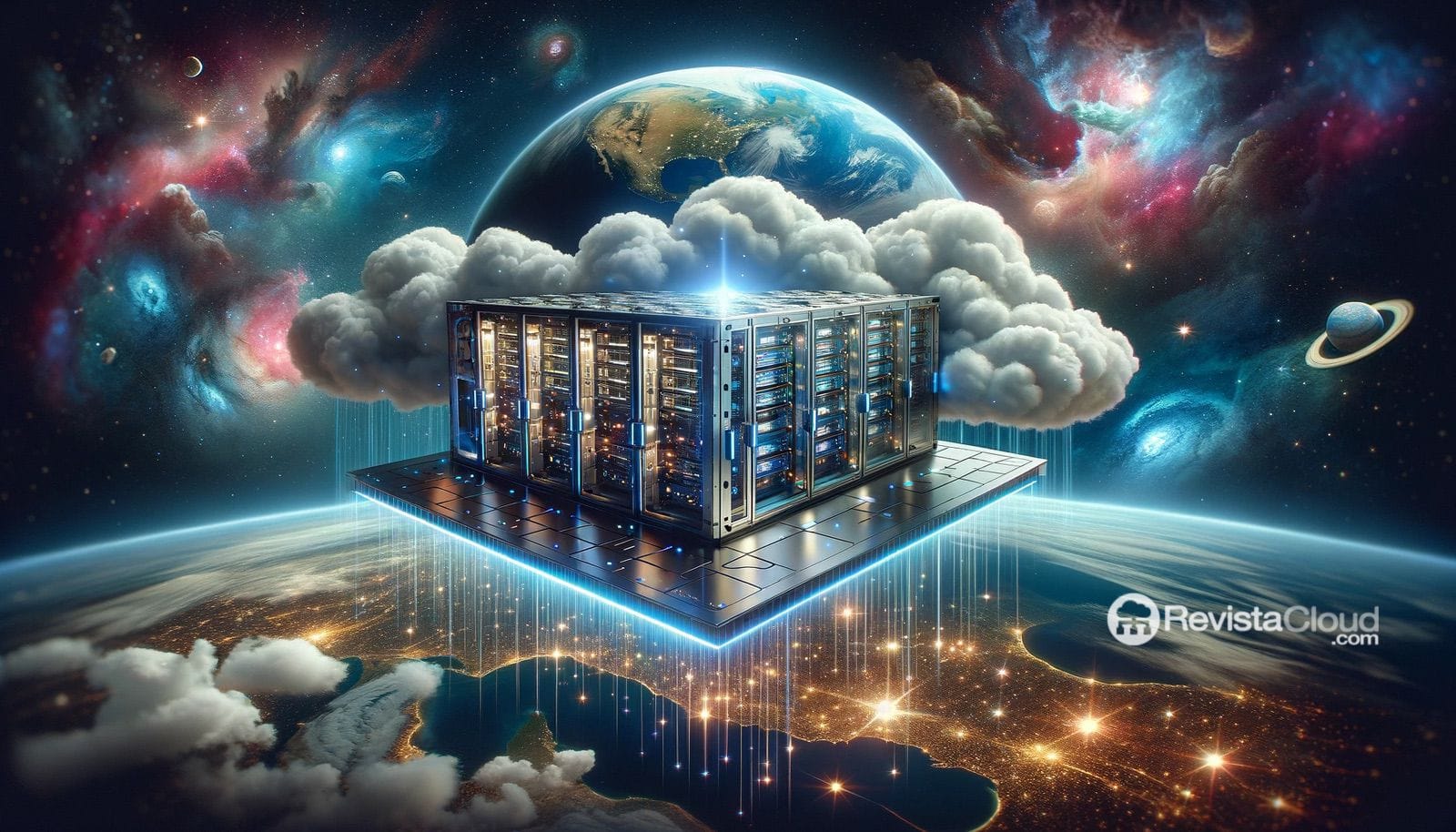The Hidden Challenge of Artificial Intelligence: Energy Consumption and Environmental Impact
Artificial Intelligence (AI), recognized as a driver of innovation in the modern era, faces a hidden but substantial challenge: its significant energy consumption and the corresponding environmental impact. Advanced AI models, which power transformative applications, rely on complex computational infrastructures. These are not mere configurations but clusters of high-capacity graphics processing units (GPUs) resembling supercomputers. By 2028, the costs associated with the infrastructure and operation of AI servers are estimated to surpass $76 billion, posing critical financial and environmental challenges.
Evolution in Data Centers to Address Energy Challenges
AI demands a radical evolution in the design and engineering of data centers. The increase in rack densities to meet the computational demands of AI has led the industry towards more efficient solutions such as liquid cooling systems. These systems are essential for managing the heat from high-density configurations but present challenges in terms of integration complexity, need for redundancy, and risks of leaks.
The High Cost of Innovation in AI
Maintaining AI infrastructures reveals an intricate web of investments and financial challenges. For example, liquid cooling systems in data centers represent significant investments. Additionally, advanced GPUs, essential for AI data processing, can cost up to $10,000 each. The need for frequent equipment upgrades and replacements adds significant recurrent costs.
The Importance of Sustainable Practices
These costs underscore the need for sustainable and economically efficient practices in the AI industry. The financial viability and long-term success of AI technologies in an increasingly environmentally conscious world depend on the ability to balance costs with innovations that promote both sustainability and energy efficiency.
A Challenge for Society and the Industry
This scenario poses a challenge not only for the tech industry but also for society as a whole. It is necessary to support technological advancement while navigating a complex landscape, both financially and environmentally. AI, in this context, acts not only as a catalyst for innovation but also as a reflection of our priorities and decisions in the age of advanced technology.
David Carrero Fernández-Baillo, co-founder of Stackscale, comments on this situation: “Advancing towards the democratization of AI in local environments is crucial for the development of new technologies and applications at a lower cost. Although these advances will eventually reach data centers with advanced infrastructures like those offered by Stackscale, it is important to recognize that the path there must be sustainable and responsible. The integration of energy-efficient and environmentally respectful practices will be a crucial component for the future of AI and its widespread adoption.”
Balancing Innovation and Sustainability
The challenge now is to find a balance between fostering technological innovation and ensuring sustainable practices that not only protect the environment but are also economically viable. The AI industry is called to pioneer not only in technological development but also in creating a greener and more sustainable future.
The environmental impact and energy costs of AI are a call to action for companies and governments. A joint effort is required to develop strategies that minimize the ecological footprint and optimize resource usage while maintaining advancements and competitiveness in the field of AI.
In conclusion, the hidden challenge of AI, its energy consumption, and environmental impact, is an unavoidable reality that demands innovative and sustainable solutions. The tech industry, with the collaboration of experts like David Carrero and companies like Stackscale, has the responsibility to lead the way towards a future where technological revolution and sustainability go hand in hand. AI must not only be a driver of technological change but also a catalyst for more responsible and environmentally conscious development.

